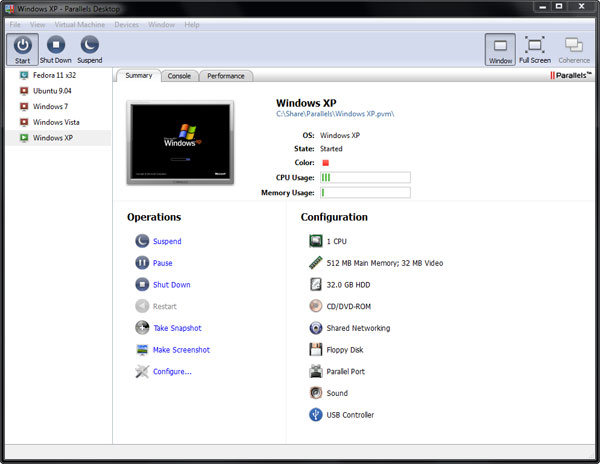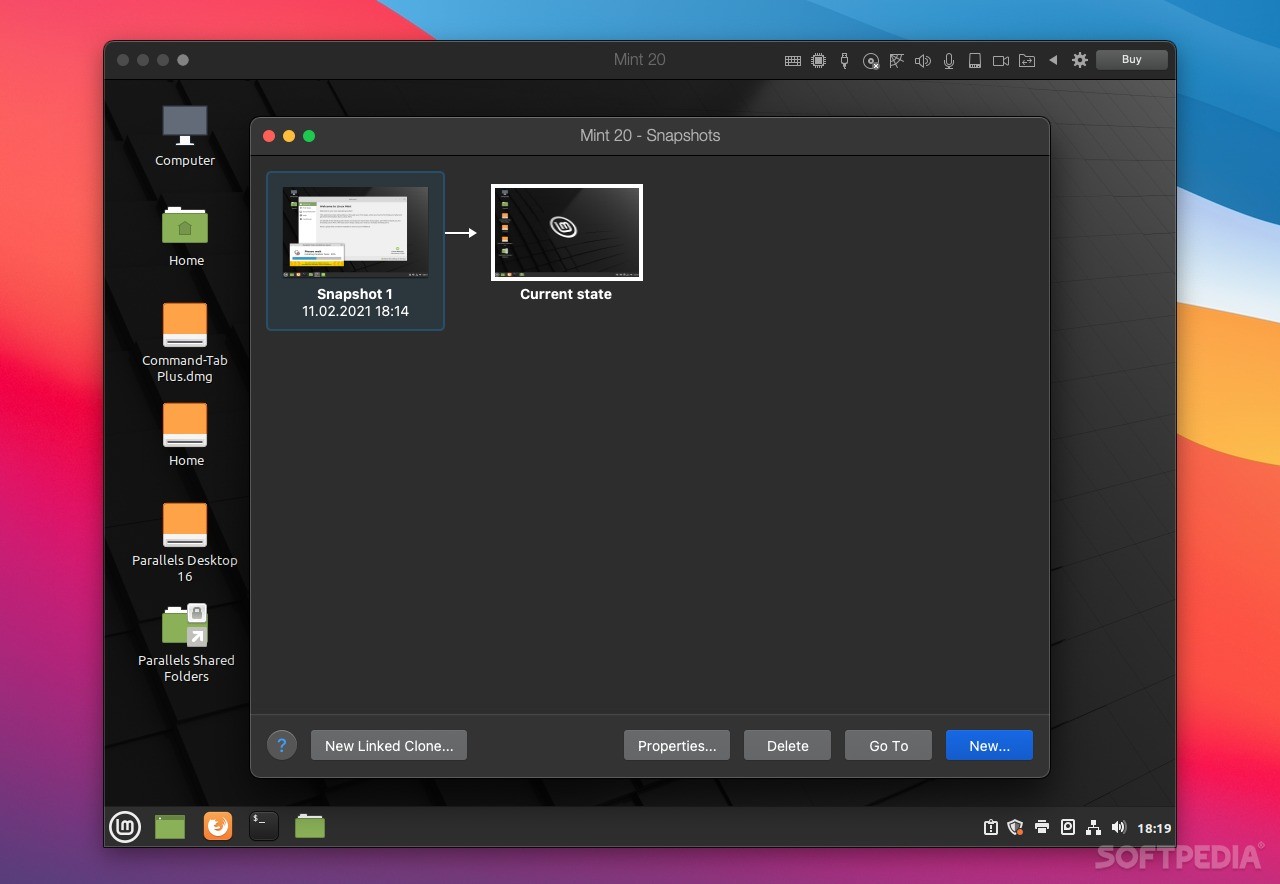


The latest update cements Parallels Desktop status as the best option for Mac users who need to run Windows software on their Mac.įor many Mac users, running Windows applications is a necessity. The price has increased, but there is good news for M-series Macs thanks to the simplification of the process for running Windows on ARM.

Virtual machines require a lot of memory and processor power.What’s more, virtual hard drives can be copied from one system to another, which makes the virtual Windows (or Linux, Solaris, or OS/2) environment completely portable. Parallels solves that problem by bringing Windows to the Mac world. One of the biggest complaints about Apple’s Macintosh is the lack of applications compared to the number offered for Microsoft’s Windows. That speed advantage is complemented by stability each machine is completely isolated from other virtual machines and the host physical machine. That support greatly increases virtual machine speeds and delivers the performance expected from a dedicated system. Parallels fully supports Intel virtualization technology, which is included in most new Core Duo chipsets. Workstation 2.1 allows Macintosh users to build virtual machines running nearly any x86-compatible OS, including Windows 3.1-XP/2003, Linux, FreeBSD, Solaris, OS/2, eComStation, and MS-DOS. Intel’s Core Duo chipset is x86-compatible, which allows the Parallels virtualization engine to easily create a virtual environment. That good news comes from a company named Parallels, which Thursday made available a public beta of the Parallels WorkStation 2.1 software for the MacIntel platform, which can be downloaded from The product takes advantage of Apple’s inclusion of the Intel Core Duo found in all new Macintosh computer models. For those looking to leverage the new Macintosh and Intel marriage, there is some very good news that can fuel the adoption of the Macintosh platform.


 0 kommentar(er)
0 kommentar(er)
